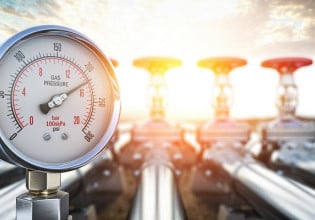T
Dear Sirs,
I was hoping to get some advice on batch reactor temperature control using more conventional methods. A huge exothermic reaction is causing a significant and unpredictable disturbance in the reactor temperature profile which i would like to control quite tightly.
I was hoping to get some advice on batch reactor temperature control using more conventional methods. A huge exothermic reaction is causing a significant and unpredictable disturbance in the reactor temperature profile which i would like to control quite tightly.






